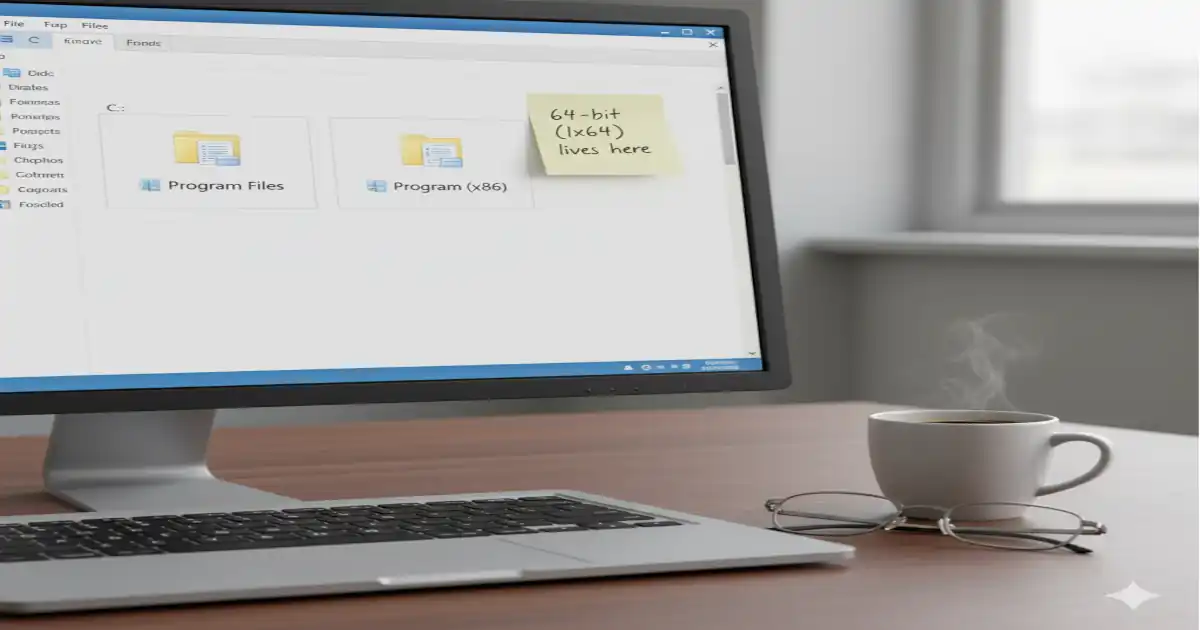Introduction
The safety pin, an unassuming yet indispensable invention, has played a pivotal role in human history since its creation. Its simplicity belies its versatility, as it has been used in a wide variety of contexts—from an essential fastening tool to a symbol of protest and solidarity. Whether used in clothing, first aid, or even fashion, the safety pin continues to have a relevance that transcends its original functional purpose.
This article delves deep into the history of this pin, explores its various applications, and discusses why it remains a vital tool in today’s society. We will also explore its unexpected role as a fashion statement and symbol of political expression. Read on to uncover the fascinating journey of this small yet powerful object.
History of the Safety Pin
The safety pin, as we know it today, was invented by American mechanic Walter Hunt in 1849. Hunt, seeking a way to settle a $15 debt, designed a simple yet effective device that could securely fasten materials while being safe to use. He sold the patent for $400, a seemingly modest sum for an invention that would become a household staple worldwide.
Hunt’s design was revolutionary in its simplicity: a clasp that held the sharp point of the pin in place, preventing it from inadvertently pricking the user. The spring mechanism allowed the pin to open and close quickly, making it an ideal fastener for clothes and textiles. While similar fastening devices had been used for centuries, the pin’s innovation lay in its combination of functionality and safety, leading to widespread adoption.
Before the safety pin, ancient civilizations used rudimentary forms of pins, such as brooches and fibulae, to fasten garments. These were often decorative but lacked the safety features Hunt’s invention introduced. His safety pin was a breakthrough, combining the need for a secure fastener with protection from accidental injury.
The Evolution of the Safety Pin
Though Walter Hunt’s safety pin design has largely remained unchanged, there have been variations and improvements over the years. These pins are now produced in various sizes and materials, from stainless steel to plastic, making them suitable for different purposes.
Thanks to advances in manufacturing, safety pins became mass-produced and widely accessible in the early 20th century. As the fashion industry grew, safety pins found new applications, such as altering garments or temporarily making emergency repairs. They became essential tools for sewists and tailors, who relied on them to secure fabrics before sewing.
Throughout the decades, everyday users have embraced these pins for quick fixes to torn clothing, baby diapers, and even as makeshift tools in first-aid kits. Their practicality has made them a standard item in every household, earning their place as an irreplaceable utility tool.
Practical Uses of Safety Pins
The versatility of safety pins extends far beyond their original design. Today, they are used in various fields, proving that even the most essential tools can offer endless applications. Here are some of the most common uses of safety pins:
1. Clothing and Fashion
Safety pins are most commonly associated with clothing. Whether securing a loose hem, fastening a diaper, or pinning together torn fabric, they are a must-have in any wardrobe. In fashion, safety pins serve as both practical tools and decorative elements. They allow designers and wearers to make quick adjustments to garments, secure accessories, or even create unique, edgy designs.
During the punk rock movement in the 1970s, safety pins became an iconic symbol of rebellion and DIY fashion. Punk enthusiasts would wear them as piercings, attach them to jackets, and modify clothing with them, giving the pins a countercultural significance that endures in contemporary fashion.
2. First Aid
Safety pins have also found a place in first-aid kits due to their versatility and practicality. They can be used to secure bandages, slings, and splints in place, helping to stabilize injuries in emergencies. Their simple design makes them easy to sterilize, which allows them to be used in situations where medical equipment is not readily available.
For example, a safety pin can hold together makeshift bandages in the absence of medical tape or clips. When appropriately sterilized, it can also be used to remove splinters or other foreign objects lodged in the skin.
3. Household and DIY Projects
Safety pins are invaluable for small, everyday tasks around the house. They can be used to thread drawstrings through hoodies or sweatpants, temporarily fix broken zippers, and even unclog glue or paint tubes. Their ability to work in small, hard-to-reach places makes them a handy tool in various DIY projects.
Safety pins are often used to hold materials together while gluing or sewing in crafts and art projects. Their lightweight and easy-to-use design makes them an essential tool for crafters of all ages.
4. Temporary Repairs
When it comes to temporary repairs, this pin is a go-to tool. Whether you’ve lost a button or torn a seam, a pin can save the day by holding things together until a permanent fix is found. Campers often carry these on outdoor adventures as part of their emergency kits for makeshift repairs to tents, backpacks, or sleeping bags.
These pins can also be used as fishing hooks or to fasten essential gear in a pinch. Their multi-functionality makes them a necessary part of any survival or camping kit.
The Safety Pin as a Fashion Statement
While safety pins were initially designed for utility, they have made their way into the world of fashion as a bold statement piece. The most iconic example of these pins in fashion is Elizabeth Hurley’s 1994 Versace dress, oversized pins held together. This daring design became a pop culture moment, forever associating these pins with high fashion.
The punk rock movement of the 1970s also gave these pins new meaning. Worn as piercings, clothing accessories, and badges of anti-establishment sentiment, they became powerful symbols of rebellion. Today, fashion designers use them in unconventional ways, integrating them into couture and street wear.
The fashion industry’s embrace of the pin demonstrates its evolution from a humble tool to a symbol of self-expression. Whether worn for aesthetic reasons or as a form of protest, the pin remains a versatile accessory that transcends its original purpose.
Symbolism and Political Expression
In recent years, this pin has taken on a new role as a symbol of political expression and solidarity. Following the 2016 U.S. presidential election, many people began wearing safety pins to show their support for marginalized communities and protest against hate and bigotry. The pin became a quiet yet powerful way to communicate solidarity with immigrants, refugees, and minorities.
This trend mirrored a similar movement in the UK after the Brexit referendum, where people wore safety pins to show support for those facing discrimination. By donning a pin, individuals could signal they were allies and safe havens for those in need of support.
While the safety pin may seem like a simple object, its use as a symbol of unity and resistance underscores its profound cultural significance.
Innovations and Variations of the Safety Pin
Though the classic pin design remains widely used, modern innovations have led to variations that serve more specialized purposes. For example, diaper pins are larger and have plastic or rubber heads to ensure safety when securing baby diapers. Coil less safety pins, which eliminate the coil for a smoother pin, are used in delicate fabrics or beading work where traditional pins may cause snags.
Other variations include decorative pins used in crafting and fashion design and industrial pins designed for heavy-duty tasks. These innovations highlight the pin’s enduring relevance, which continues to evolve to meet the needs of different industries and applications.
Environmental Impact and Sustainability
As with any mass-produced product, these pins have an environmental impact. Traditionally made from metals like steel or brass, these pins are generally durable and reusable, which reduces their contribution to waste compared to disposable plastic alternatives. Their long lifespan and potential for multiple uses make them a relatively sustainable option.
However, concerns about the environmental impact of metal production have led to interest in biodegradable or eco-friendly safety pins. Some manufacturers are exploring the use of sustainable materials in the production of these pins, allowing consumers to choose environmentally responsible options.
Reusing and re-purposing safety pins is another way to reduce their environmental footprint. By ensuring that these small tools are not discarded after a single use, individuals can make eco-conscious decisions that contribute to waste reduction.
Conclusion
The safety pin may seem simple and mundane, but its history, versatility, and cultural significance make it much more than just a fastener. From its invention in the 19th century to its modern-day uses in fashion, first aid, and political protest, the pin has proven its enduring relevance. Its role in everyday life is invaluable, whether you’re mending clothes, securing bandages, or making a bold fashion statement.
Despite its small size, the pin’s impact is anything but insignificant. Its adaptability and usefulness make it a timeless tool that continues to evolve in new and unexpected ways. As society changes, the pin remains a powerful symbol of practicality, resilience, and solidarity.
Frequently Asked Questions (FAQs)
What is the primary purpose of a safety pin?
A safety pin is primarily used as a fastening tool, securing fabrics, clothing, or other materials. Its clasp mechanism ensures the sharp point is covered, preventing accidental injury.
How did the safety pin become a symbol in fashion and culture?
It became a fashion symbol during the 1970s punk movement, representing rebellion and DIY style. It later gained cultural significance as a symbol of solidarity and political protest, particularly after the 2016 U.S. election.
Can safety pins be used for first aid?
Yes, these pins are commonly used in first aid to secure bandages, slings, or splints. They are practical for emergencies where medical tape or proper fasteners are unavailable.
How can I reuse safety pins to reduce environmental waste?
Safety pins are durable and reusable, which makes them a sustainable alternative to disposable fasteners. Reusing them for sewing, crafting, and general household tasks can minimize waste and contribute to eco-friendly practices.
Are there different types of safety pins for specific uses?
Yes, there are various types of these pins, including diaper pins, coilless pins for delicate fabrics, and heavy-duty pins used in industrial settings. Each is designed for different needs and materials.
How did Walter Hunt’s invention of the safety pin impact daily life?
Walter Hunt’s invention revolutionized everyday tasks by providing a simple, yet effective fastening tool. Since 1849, the pin has become a household essential, used in fashion, first aid, and numerous DIY applications.
 Akedo Warriors gaming and general site
Akedo Warriors gaming and general site 


